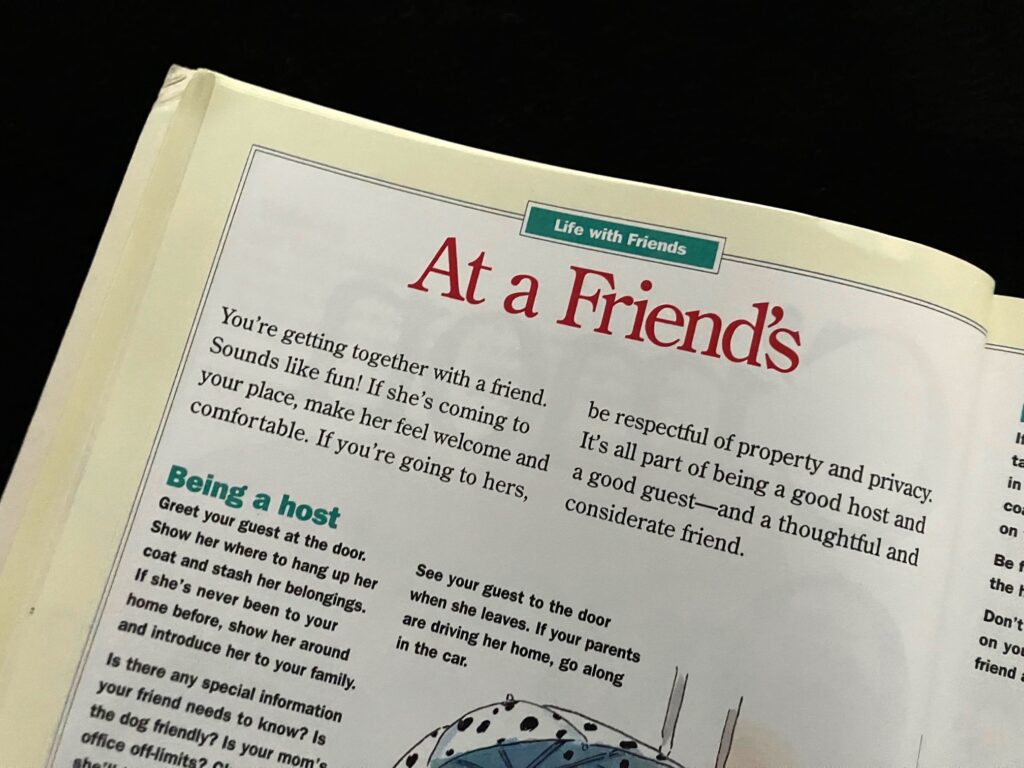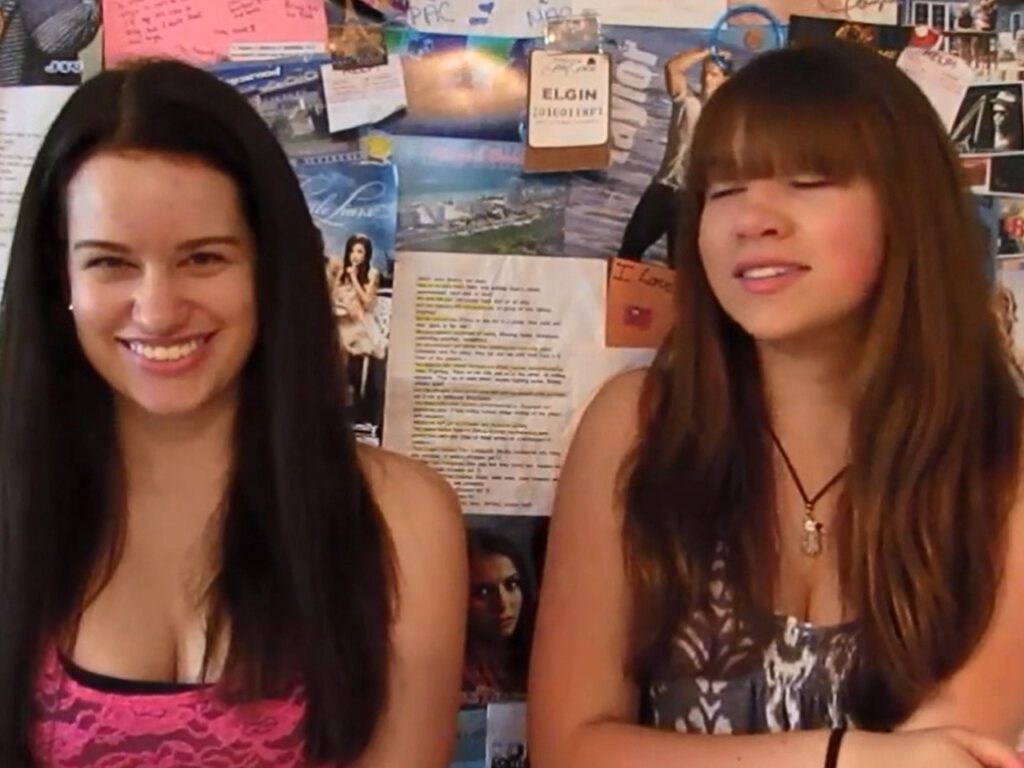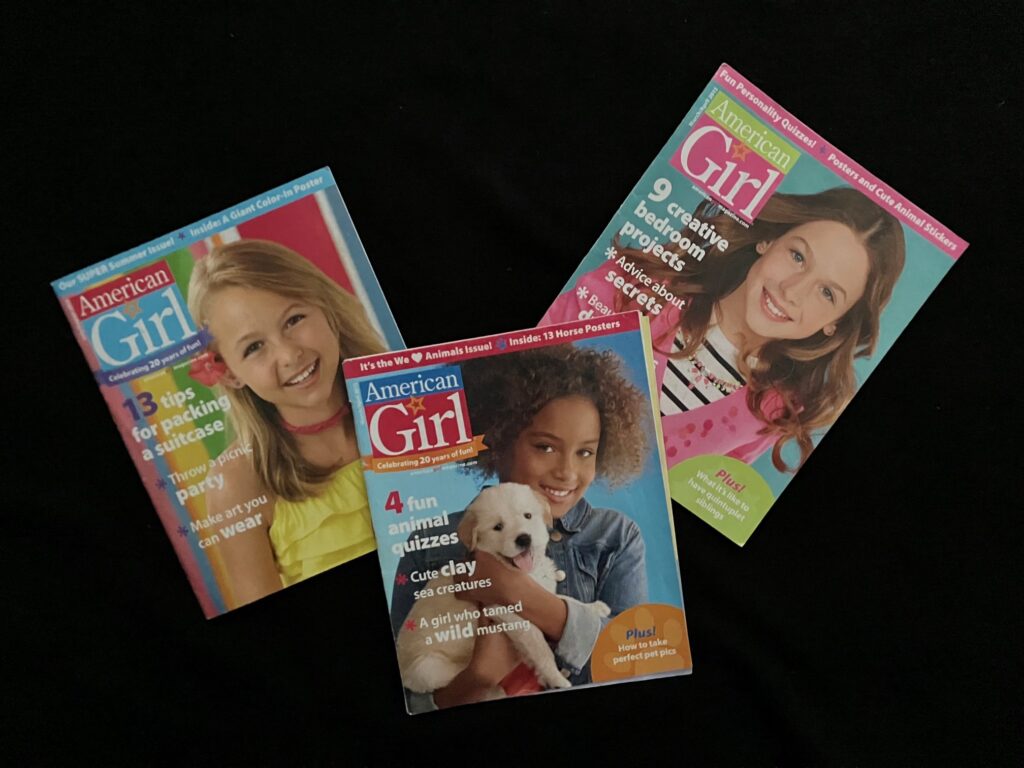
Boys and teen boys with autism often have a hard time knowing how to interact with peers.
This is especially noticeable when they are interacting with female peers and trying to comprehend female youth culture. There are many ways to help boys with ASD to increase their knowledge about girls. One way is to use girls’ magazines as learning resources, which I explain in detail later in this article.
Reasons why boys with ASD often lack awareness regarding females
Boys with autism may experience obstacles to social contact with females outside their families. This may be the result of rejection by neurotypical peers or avoidance originating from the autistic boys themselves. Boys with autism might be disdainful of girls, considering them somehow foreign or “weird.” Boys with ASD might feel confused or disturbed by emerging feelings of attraction to girls, which can in turn lead some boys to distance themselves from girls. And finally, boys on the spectrum often have considerable exposure to false, misleading or outright harmful depictions of females through digital media. (See screen shot below as an illustration of this)

Resources I have already created to expand awareness of females
Years ago, I created two other free resources, Talk to Family Picture Sheets, which are to help children with autism to explore the interests of family members of any gender, and Helping Teen Boys Relate to Girls. The resource described in this article here involves something you purchase or somehow acquire on your own – illustrated magazines or books that are created for girls rather than for boys.
About using girl magazines to help autistic boys learn more about girls
Until just a few years ago, many tween and teen girls regularly purchased and read teen magazines. These magazines are much less common these days now that girls consume popular culture primarily through digital media. However, some good girls’ magazines are still published, such as Girls Life and Teen Vogue. Other fine magazines no longer published, like American Girl, are easily available for purchase second hand. You can get them in large lots, for not much money, from eBay, Etsy and other retailers. That is how I acquired most of the magazines I use in my work with autistic boys.
Boys with ASD needing increased awareness regarding girls should have engaging learning materials.
For many years, I have used girls’ magazines with boys individually, as well as in groups and small classrooms, to liven up discussions about girl youth culture. If you are able to get your hands on a small pile of these magazines, I believe you will find them truly useful again and again. Most of the magazines from even as far back as 15 years ago are full of valid references for girl culture and are still quite timely and relevant.
Girls’ magazines vary according to age range, quality and propriety.
Some I would certainly not recommend based on their confusing content or their promotion of problematic aspects of female youth culture. Look over the magazines carefully before you use them in your work. Personally, I have found back issues of American Girl (tweens and younger teens) and Girls Life (older teens) to be very good, as are some current issues of Teen Vogue. There are surely lots of other good magazines out there that I have not seen yet, in the US and other countries, although as I pointed out, printed girls’ magazines are in decline.
Here is an example of a girls’ magazine not appropriate to help boys learn useful information about girls’ popular culture.
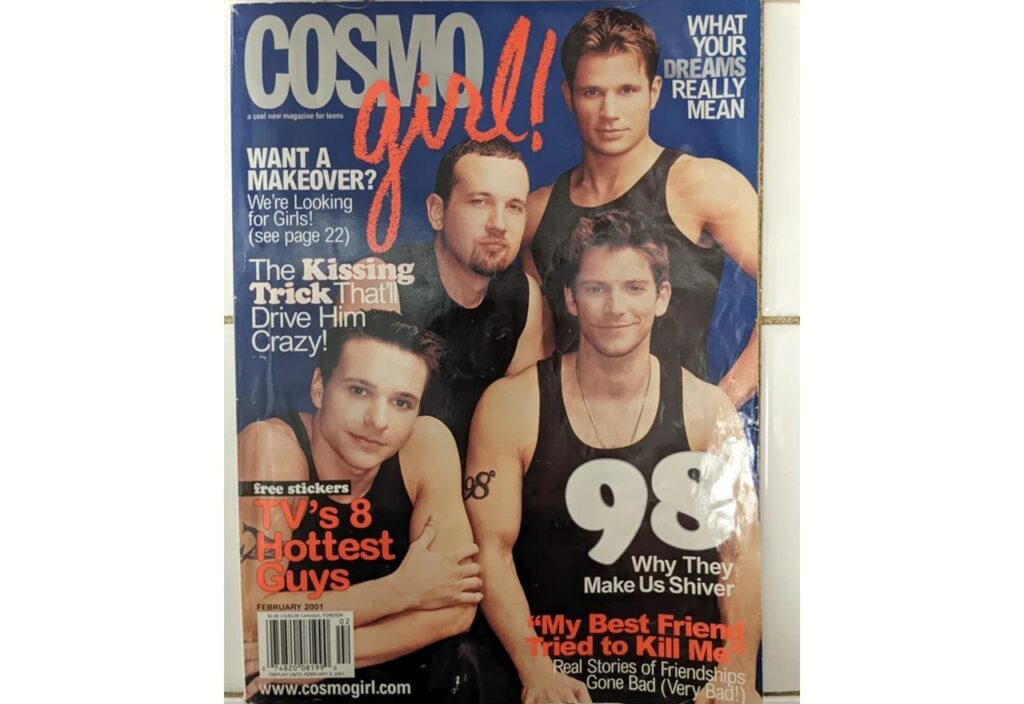
Some ways to use girl magazines to promote expanded learning about girls
Pass out the magazines and ask questions, such as: “What are some things that girls do when they hang out together?” “What are some girl interests that seem different than common boy interests?” “What are some girl interests that boys often enjoy just like girls do?” “What are some examples of girl interests that seem just like boy interests?” “What are some girl interests that seem to change as girls get older?”
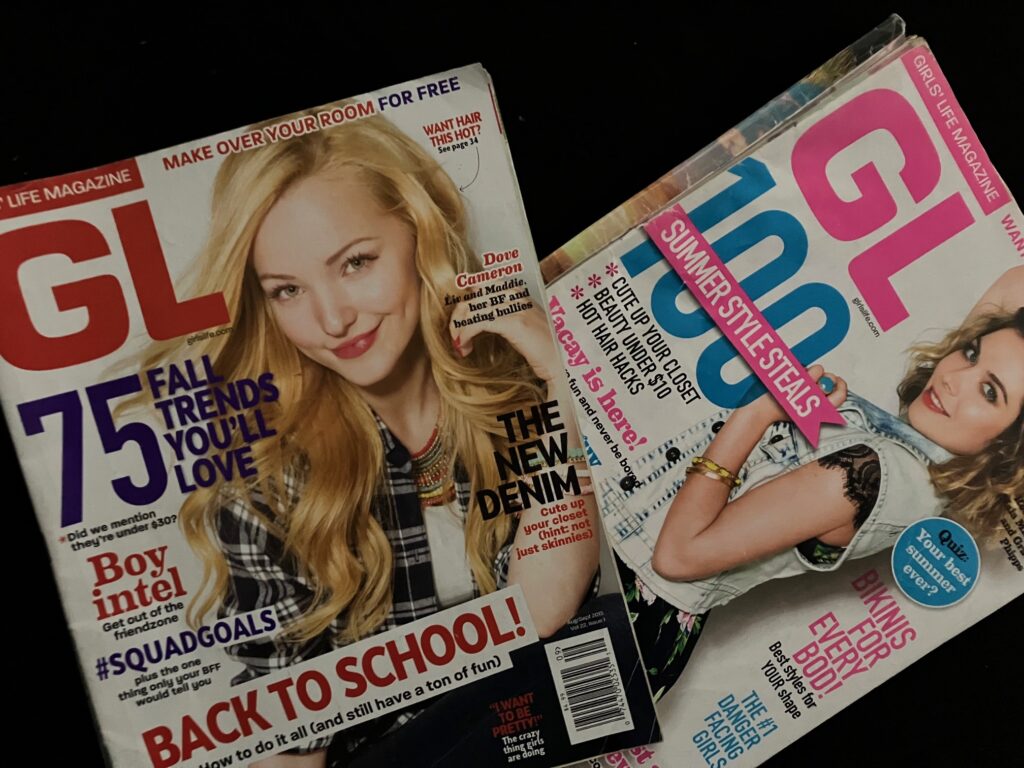
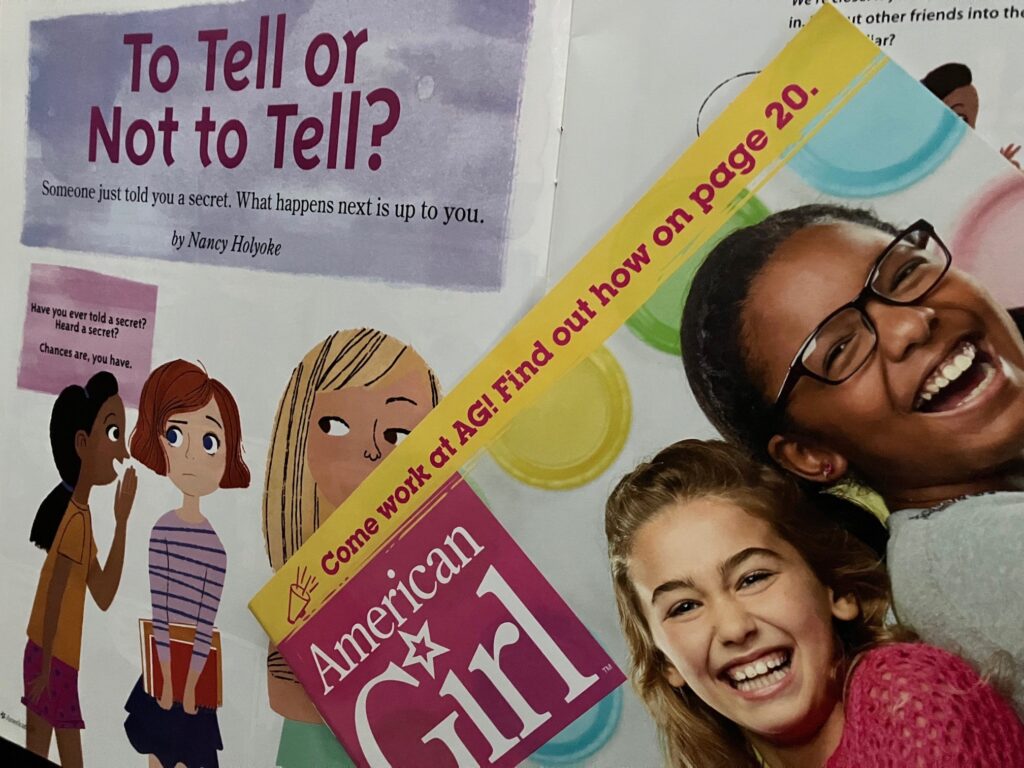
Check out the “Help” sections of girl magazines and read the questions posed by girl readers. This is one of my favorite learning activities. It provides fascinating insights into the lives of girls, revealing their unique girl concerns as well as generic youth problems which boys with ASD might also experience. You can pose questions such as: “What are some things that might make a girl sad?” “What are some things that might make a girl worried? Have you ever felt worried in this same way?”
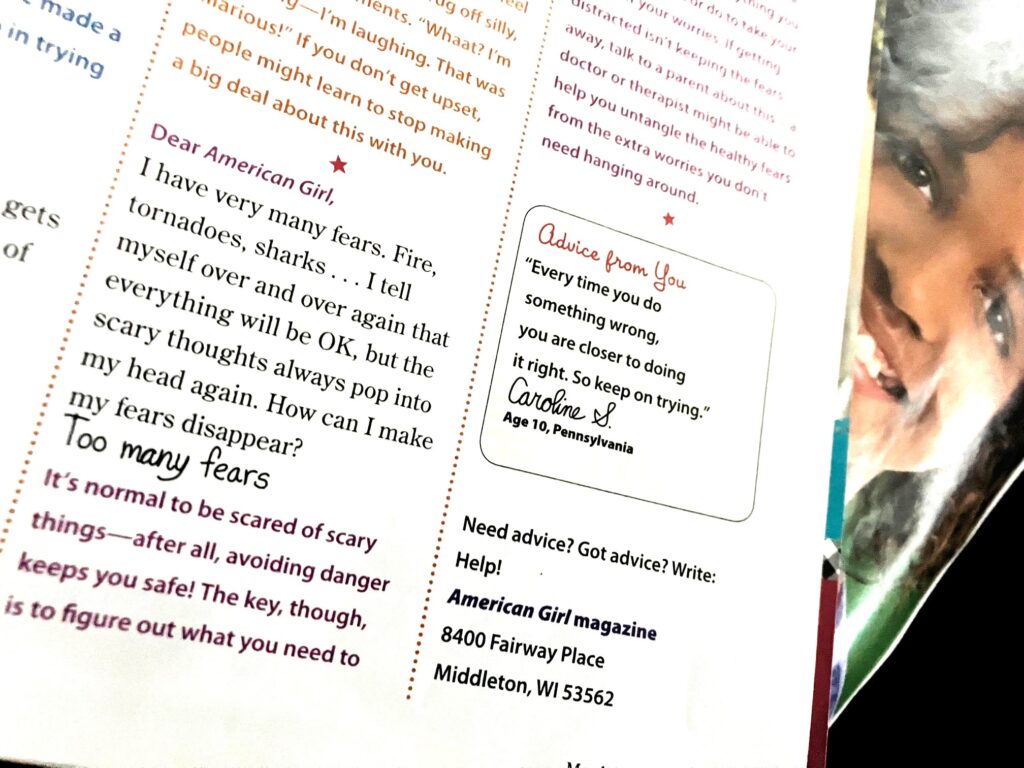
Girls’ self-help books can be used in a similar manner as a gateway into female youth culture
There are many well-written self-help books for girls. Many of us therapists and teachers keep them around to use with our girl clients and students. These books can also be useful for boys on the spectrum, and they can be employed in much the same way as the magazines.

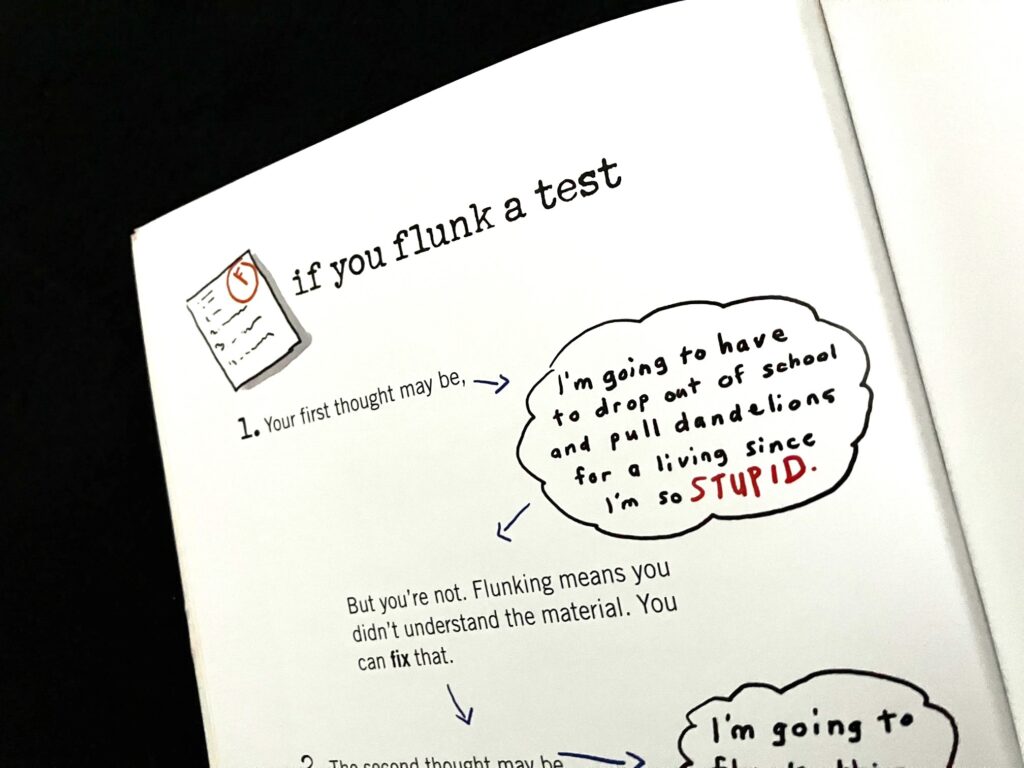
Media other than printed media for raising awareness of girl youth culture
There are multitudes of short videos on YouTube and TikTok for teens that are quite helpful. Among those I have used a lot (which are getting out of date now) are videos of teenage girls showing the insides of their closets, and teen girls giving advice on topics such as how to deal with bullying or how to survive as a high school freshman. (See screen shots below). Once you find your own “go-to” videos in which teen girls are actually talking about their lives, interests and struggles, it will provide remarkable learning opportunities for boys with ASD.
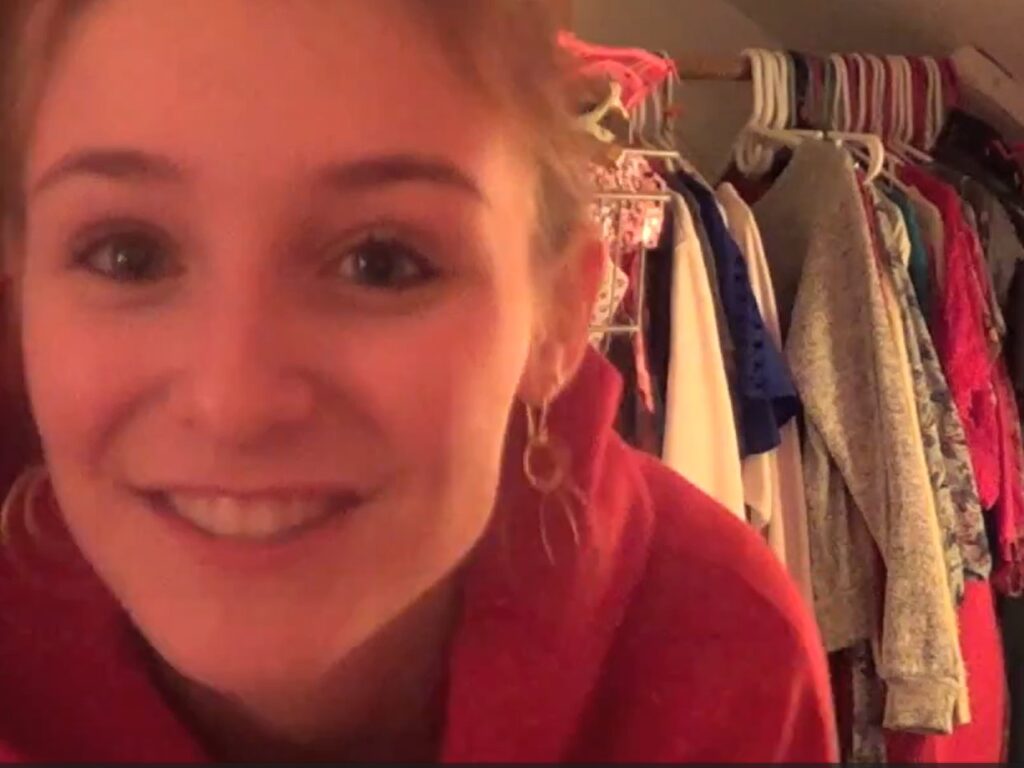
Carefully selected magazines, books and videos can provide windows into the world of girls for the boys we work with.
This can provide boys with invaluable insights and help to clear up confusing and distorted information they get from other sources. For therapists, speech pathologists and special education teachers, these magazines, books and videos can make our social skills work with boys on the autism spectrum more effective.
I have a kit of instructional panels and q and a cards for teen boys to learn more about interacting with girls. Click HERE to access these free materials.
Joel Shaul

